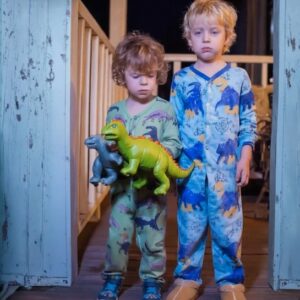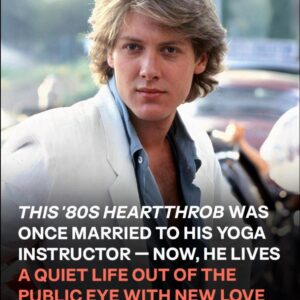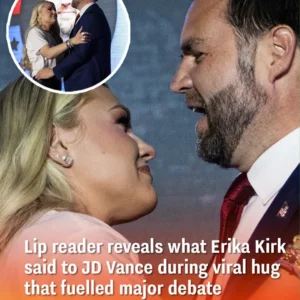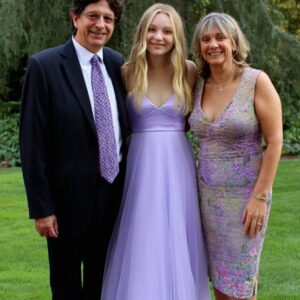At a Halloween block party, Nora dressed her toddler, Jax, as a monster in a trash can. A retired firefighter noticed the bin’s unusual
latch—military-style—and found it locked shut. Jax was unresponsive until pried out, likely from low oxygen. The bin turned out to be
a decommissioned military containment unit, sold illegally. A note on the receipt read: “Return before the first frost. Please,”
in unknown handwriting. The thrift shop owner had recently vanished. Later, Nora found a voice recording
warning that the bin “resets itself” and “knows how to hide.” Attempts to dispose of it failed;
officials claimed they already had it. Then she got a mysterious text: “Thank you for returning it. Sleep well.”
Months later, Jax unearthed the bin’s lid in their yard. A serial number and the word SAFEHAVEN revealed it was from an experimental
program to create portable, airtight safe spaces for disasters—meant to keep danger out, not trap someone in. Realizing Jax
had been protected, not endangered, Nora kept the lid locked away. Every Halloween, Jax still wears his costume—without the bin.
The experience taught them that what seems threatening might actually be a hidden shield.





